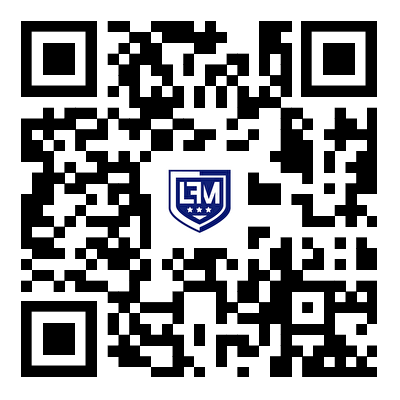- English
- Español
- Português
- русский
- Français
- 日本語
- Deutsch
- tiếng Việt
- Italiano
- Nederlands
- ภาษาไทย
- Polski
- 한국어
- Svenska
- magyar
- Malay
- বাংলা ভাষার
- Dansk
- Suomi
- हिन्दी
- Pilipino
- Türkçe
- Gaeilge
- العربية
- Indonesia
- Norsk
- تمل
- český
- ελληνικά
- український
- Javanese
- فارسی
- தமிழ்
- తెలుగు
- नेपाली
- Burmese
- български
- ລາວ
- Latine
- Қазақша
- Euskal
- Azərbaycan
- Slovenský jazyk
- Македонски
- Lietuvos
- Eesti Keel
- Română
- Slovenski
- मराठी
- Srpski језик
What are the classification and advantages of RFID readers and writers?
2024-08-27
As an indispensable part of the application system, the correct selection of RFID readers will affect the smooth implementation and cost of the customer's project. In terms of reader selection, it is best to go through a strict process to ensure the success of the project. success. Let's take a look at the classification and advantages of RFID readers.
Classification of RFID readers and writers
RFID readers and writers can be divided into readers and writers in 125K, 13.56M, 900M, 2.4G and other frequency bands according to frequency.
125K: Generally called LF, it is simple to use and low in price. It can be mainly used in animal husbandry to manage the entry and exit of livestock.
13.56M: Generally called HF, it has strong confidentiality and fast reading speed. 13.56mhz RFID at short range has good confidentiality and 13.56mhz reading at long distance is stable and fast. Mainly used in home-school communication, personnel attendance management, entrance and exit management, book and file theft prevention management, and government meeting sign-in.
900M: Generally called UHF, it has long communication distance and good anti-collision performance. It is generally used in parking lots and logistics.
2.4G: Microwave band RFID card reader with strong penetration.
5.8G: Microwave band RFID card reader, used in highway ETC electronic toll collection system.
Advantages of RFID readers and writers
1. you need to pay attention to the frequency range of the reader device to see if it meets the frequency specifications of the project location;
2. understand the maximum transmit power of the reader and whether the selected antenna exceeds the radiation standard;
3. look at the number of antenna ports the reader has and whether the application requires a multi-interface reader;
4, whether the communication interface meets the needs of the project;
5, understand the reading range and anti-collision indicators. The reading range indicator must clarify what antenna and tag are tested; for anti-collision, it must be clear what tags are read in what arrangement and how long it takes to read them all;
6, an RFID application system is not only related to readers and writers, but also related to tags, antennas, materials of tagged items, movement speed of tagged items, surrounding environment, etc. It is best to simulate on-site conditions before determining the equipment. Test and verify to ensure that the product truly meets application requirements;
7, continuously test the stability of the equipment under simulated conditions to ensure stable operation for a long time;
8, check whether the development materials meet the system development needs. It is best to support the system you are using, and it is best to have relevant routines. If it is not supported, the development time will be very long, and the development may not even continue.



